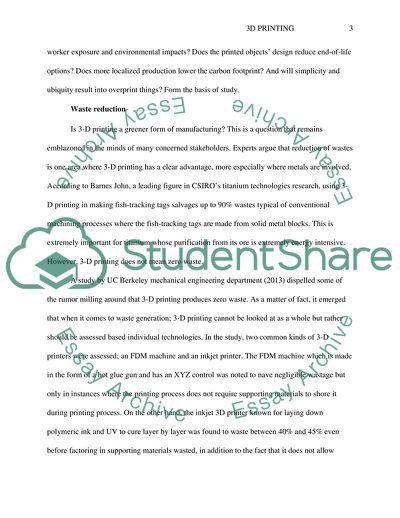Cite this document
(3D Printing Environmental and Moral Implications Essay Example | Topics and Well Written Essays - 2250 words, n.d.)
3D Printing Environmental and Moral Implications Essay Example | Topics and Well Written Essays - 2250 words. https://studentshare.org/design-technology/1815704-3d-printing-manufacturing
3D Printing Environmental and Moral Implications Essay Example | Topics and Well Written Essays - 2250 words. https://studentshare.org/design-technology/1815704-3d-printing-manufacturing
(3D Printing Environmental and Moral Implications Essay Example | Topics and Well Written Essays - 2250 Words)
3D Printing Environmental and Moral Implications Essay Example | Topics and Well Written Essays - 2250 Words. https://studentshare.org/design-technology/1815704-3d-printing-manufacturing.
3D Printing Environmental and Moral Implications Essay Example | Topics and Well Written Essays - 2250 Words. https://studentshare.org/design-technology/1815704-3d-printing-manufacturing.
“3D Printing Environmental and Moral Implications Essay Example | Topics and Well Written Essays - 2250 Words”. https://studentshare.org/design-technology/1815704-3d-printing-manufacturing.


